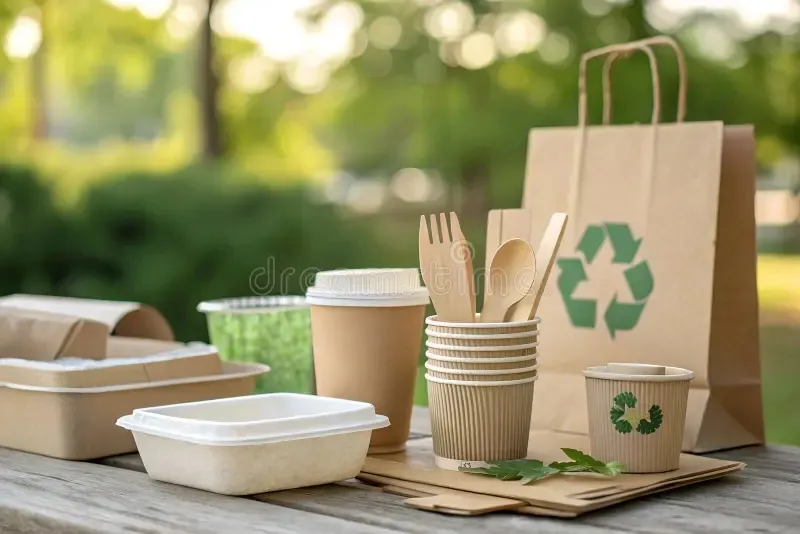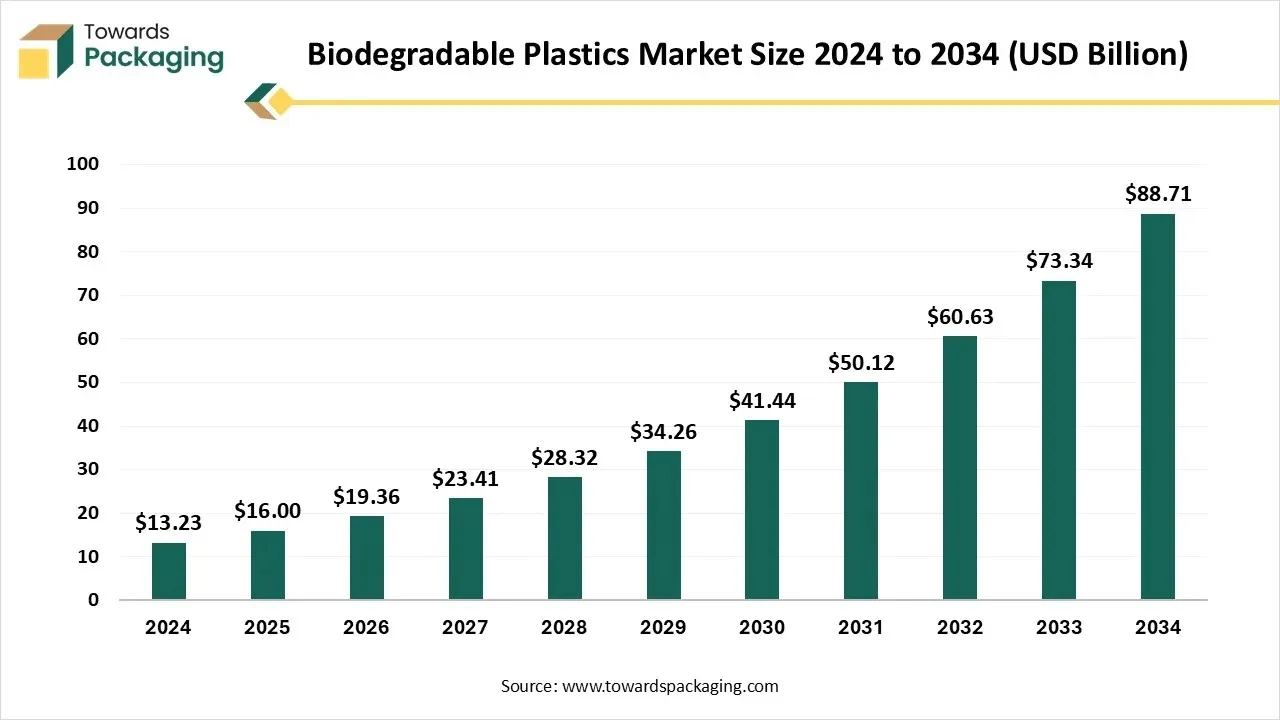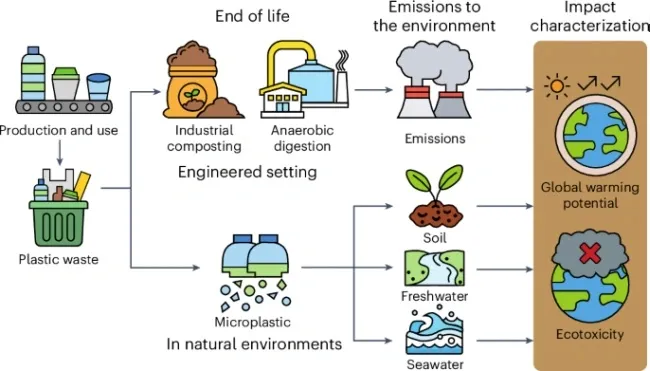Consumer Perception and Adoption of Biodegradable Products
Introduction to Biodegradable Products
In recent years, the global market has witnessed a significant shift toward sustainable and environmentally friendly products. Biodegradable products, designed to break down naturally and reduce environmental impact, have emerged as a crucial component in this sustainability movement. As consumers become increasingly aware of environmental issues, their perception and adoption of biodegradable products have become critical factors driving market growth and innovation.

Factors Influencing Consumer Perception
Environmental Awareness and Concern
Consumer perception of biodegradable products is heavily influenced by their level of environmental awareness. Individuals who are more informed about environmental issues, such as plastic pollution and climate change, are more likely to view biodegradable products favorably. This awareness often translates into a sense of responsibility and a willingness to make sustainable purchasing decisions.
Product Quality and Performance
Many consumers initially express concerns about the quality and performance of biodegradable products compared to traditional alternatives. However, advancements in technology have significantly improved the durability and functionality of biodegradable items. When consumers experience satisfactory performance, their perception becomes more positive, leading to increased adoption.
Price Sensitivity
The cost of biodegradable products remains a significant factor in consumer perception. While environmentally conscious consumers may be willing to pay a premium for sustainable options, price sensitivity continues to be a barrier for widespread adoption, particularly among budget-conscious shoppers.

Barriers to Adoption
Lack of Clear Information
Confusion surrounding biodegradability claims and certification standards can hinder consumer adoption. Without clear, standardized information, consumers may struggle to distinguish genuinely eco-friendly products from those making misleading environmental claims.
Limited Availability and Accessibility
The availability of biodegradable products varies significantly across regions and retail outlets. Limited accessibility in certain areas can prevent consumers from adopting these products, even when they have positive perceptions toward them.
Cultural and Behavioral Factors
Cultural norms and established consumption habits can create resistance to change. In some communities, traditional products are deeply ingrained in daily life, making the transition to biodegradable alternatives challenging.
Consumer Adoption Trends
| Product Category | Adoption Rate (%) | Primary Consumer Demographic | Growth Projection (2023-2028) |
|---|---|---|---|
| Food Packaging | 45% | Millennials & Gen Z | 12.5% CAGR |
| Personal Care Products | 38% | Women aged 25-45 | 9.8% CAGR |
| Household Cleaners | 32% | Urban Professionals | 7.2% CAGR |
| Textiles and Clothing | 28% | Eco-conscious Consumers | 15.3% CAGR |

Marketing Strategies for Increasing Adoption
Educational Campaigns
Effective marketing strategies focus on educating consumers about the environmental benefits of biodegradable products and how to properly dispose of them. Clear communication about certification standards and environmental impact helps build trust and credibility.
Product Demonstration and Trials
Allowing consumers to experience biodegradable products through samples and demonstrations can address concerns about quality and performance. Positive firsthand experiences often lead to increased adoption and word-of-mouth recommendations.
Strategic Pricing and Promotions
Implementing competitive pricing strategies and occasional promotions can help overcome price barriers. As production scales and technology advances, the price gap between traditional and biodegradable products continues to narrow.

Future Outlook and Recommendations
The future of biodegradable product adoption looks promising as technology advances and consumer awareness continues to grow. However, achieving widespread adoption requires coordinated efforts from manufacturers, retailers, policymakers, and consumers. Key recommendations include improving product accessibility, standardizing certification labels, enhancing public education, and continuing research and development to improve product quality and reduce costs.
Policy and Regulatory Support
Government policies and regulations play a crucial role in promoting biodegradable product adoption. Bans on single-use plastics, tax incentives for sustainable products, and support for recycling infrastructure can significantly accelerate market transformation.
Industry Collaboration
Collaboration across industries can drive innovation and standardization. Partnerships between material scientists, product designers, manufacturers, and retailers can create more effective and affordable biodegradable solutions that meet consumer needs.


